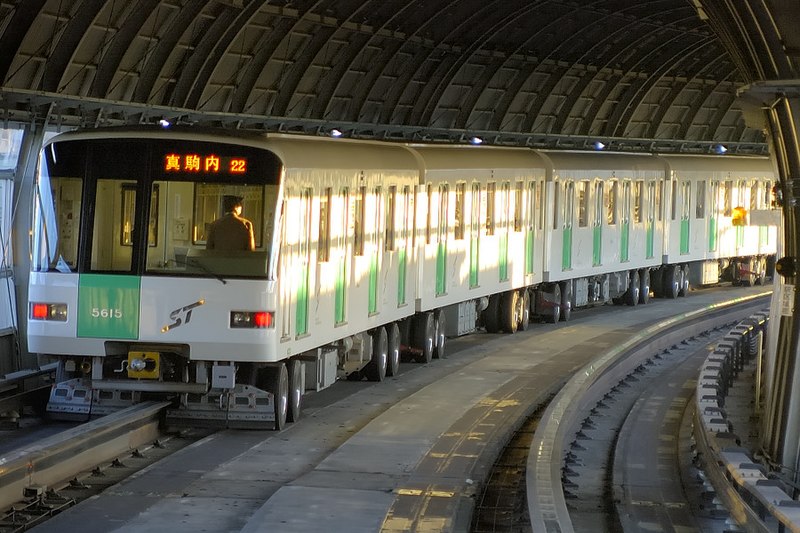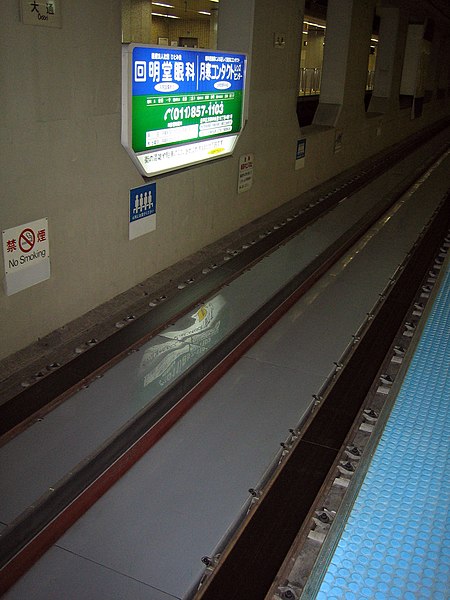The new Mag-lev (581km/h) still holds the record, test track or not, and has demonstrated passing another train at a combined speed of more than 1000km/h. Pretty amazing accomplishment, if you ask me. (Is that considered 1Mm/h?


Sorry bluemeansgo but I don`t think a Mag-lev is a train!!!

Does it run on rails???....no:roll:
It`s like saying a Southern
tramcar is also a train:roll:
Not sure what your definition of a train is... but we have to be careful when defining what a train is and isn't.
Throughout history, there have been many different forms that the word "train" has come to mean. I like the
wikipedia defines it:
A train is a connected series of vehicles that move along a track (permanent way) to transport freight or passengers from one place to another. The track usually consists of two rails, but might also be a monorail or maglev guideway.
The key points we should take from this is that it's a fixed guideway and it's [usually] a set of connected vehicles. The word
train comes from Latin and means "to pull, draw" which is where the sense of the word came from... a train of carriages, pulled along a track.
I'm not trying to be pedantic, I'm merely stating that over time, the word train has meant several things. From "Wagon train" to "train on steel rails" to idioms like "a train of thought"
Many high speed trains these days use continuously welded rails and the rail bed are concrete ties. This is a lot different than the original incrnation of steam-powered locomotives pulling a set of carriages. In fact, if one was strict with one's definitions, can any EMU unit be called a train... I mean, there's no locomotive pulling carriages, which was the meaning in the original sense of the word.
For that matter, both Montréal and Paris' metros use trains that run on a fixed concrete guideway and have rubber wheels. Would it be fair not to call these metros trains just because they don't adhere to the traditional steel wheels on steel rails idea?
I'm pretty sure most people would still call the Paris Metro a "train".
In any case, In Japan's case, the Maglev does sit on rails. They require some kind of rails to run on until they reach about 100km/h when the train starts to levitate and the wheels retract. One of the things that is attractive about the line is that it can be converted to a regular High Speed track if the Maglev doesn't work out.
You could probably call streetcars more of an edge case when it comes to defining them as trains. As they are single units. Sure, they run on a fixed guideway, but they're more akin to a bus on rails.
Anyway, that's my $0.02. As far as most people are concerned, Mag-levs are in fact trains, just not what we call "conventional rail".










